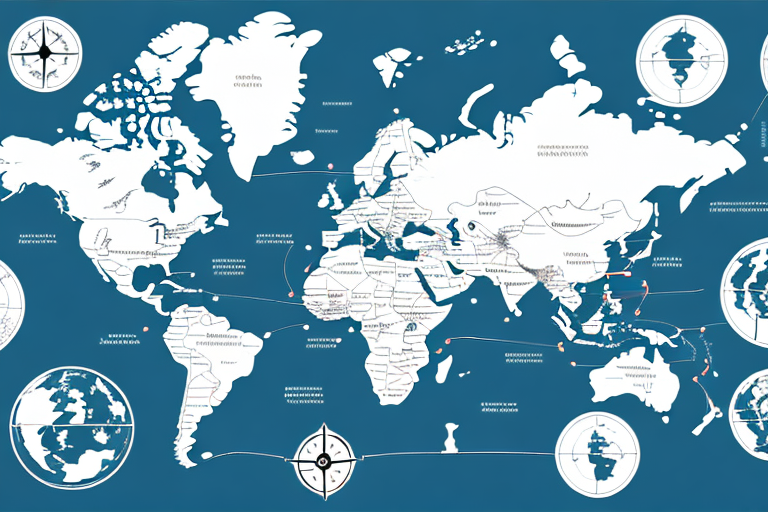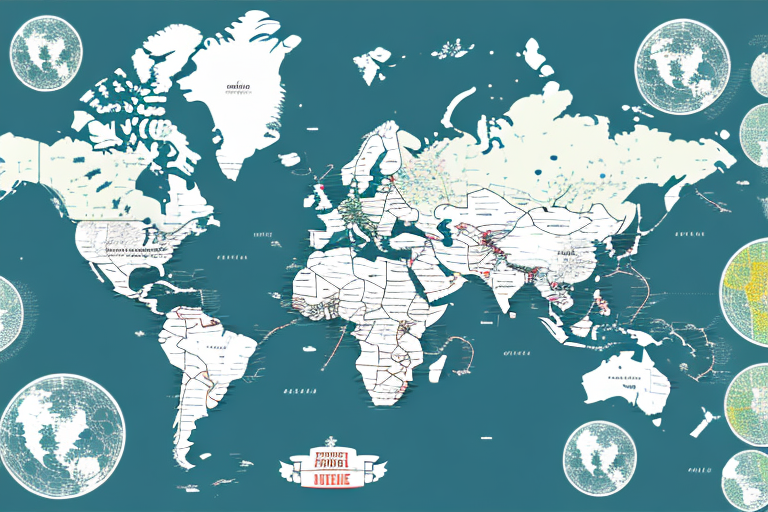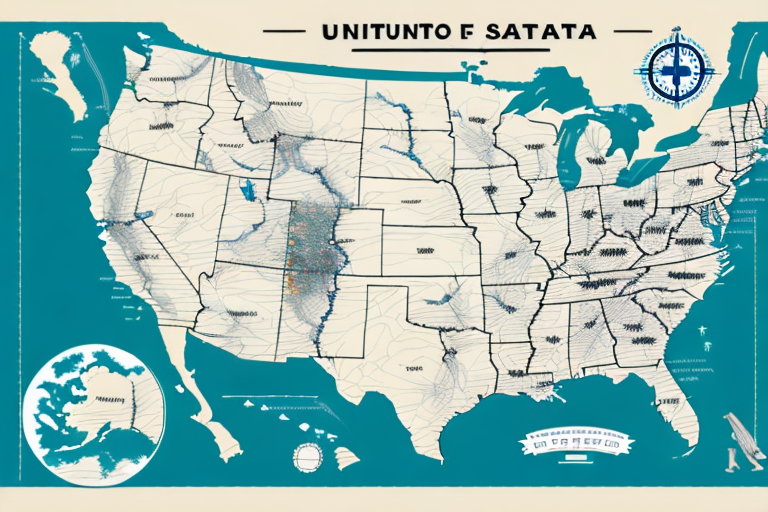Understanding the UPS Zone Map and Its Importance
The UPS Zone Map is an essential tool for determining shipping costs and delivery times for packages sent via UPS. By dividing the country into various regions or "zones" based on the distance between the sender and the destination, businesses can estimate shipping expenses and plan logistics more effectively. For instance, shipping within Zone 2 typically incurs lower costs and faster delivery times compared to shipments spanning multiple zones.
According to UPS, accurate zone determination can lead to significant cost savings and enhanced customer satisfaction by providing reliable delivery estimates (UPS Shipping Guide).
The History and Evolution of the UPS Zone Map
Introduced in the 1960s, the UPS Zone Map revolutionized the shipping industry by standardizing shipping rates and simplifying the logistics process for businesses of all sizes. Initially covering domestic shipments, the Zone Map has since expanded to include over 220 countries and territories, accommodating the growing demands of international trade.
Advancements in technology, such as GPS tracking and real-time data analytics, have continually refined the accuracy of the Zone Map. These improvements have enabled UPS to offer more precise shipping estimates and adapt to changing shipping patterns efficiently (Business Insider Report on UPS Shipping Trends).
Effectively Utilizing the UPS Zone Map
How to Read the UPS Zone Map
Reading the UPS Zone Map involves identifying the origin and destination zones based on their geographic locations. Each state or region is assigned a specific zone number, typically ranging from 2 to 8, with Zone 1 designated for local shipments.
To determine the shipping cost and delivery time:
- Identify the origin and destination zip codes.
- Determine the corresponding zones for both locations.
- Consult the Zone Map to find the distance-based rate and estimated delivery time.
For detailed guidance, refer to the UPS Shipping Guide.
Calculating Shipping Costs
The primary factors influencing shipping costs using the UPS Zone Map include:
- Distance between the sender and receiver.
- Package weight and dimensions.
- Selected shipping speed (e.g., Ground, Express).
UPS provides an online Shipping Calculator that allows businesses to input package details and receive instant cost estimates.
Leveraging Technology for Enhanced Accuracy
Modern technologies such as the UPS Shipping API and the UPS Developer Kit enable businesses to integrate shipping data directly into their own systems. This integration facilitates real-time tracking, automated rate calculations, and streamlined shipping processes, thereby increasing operational efficiency.
Further information can be found on the UPS Developer Kit page.
Benefits of Understanding the UPS Zone Map for Your Business
Mastering the UPS Zone Map offers numerous advantages, including:
- Cost Efficiency: Identifying the most economical shipping routes reduces overall expenses.
- Improved Delivery Times: Accurate zone determination ensures reliable and swift deliveries.
- Enhanced Customer Satisfaction: Providing precise delivery estimates builds customer trust and loyalty.
- Optimized Inventory Management: Understanding shipping patterns aids in better inventory placement and stock management.
According to a study by American Freightways, businesses that effectively utilize zone maps report up to a 15% reduction in shipping costs.
Common Mistakes to Avoid When Using the UPS Zone Map
To maximize the benefits of the UPS Zone Map, it's crucial to avoid common pitfalls:
- Incorrect Zip Codes: Always verify the accuracy of both origin and destination zip codes to ensure correct zone assignment.
- Ignoring Package Specifications: Overlooking package weight and dimensions can lead to inaccurate cost estimates.
- Failing to Stay Updated: The Zone Map is periodically updated; not staying informed can result in outdated shipping practices.
- Overlooking International Shipping Nuances: For international shipments, consult the UPS International Zone Chart, as domestic zone maps may not apply.
Avoiding these mistakes can prevent unnecessary costs and delays, contributing to smoother shipping operations.
Best Practices for Maximizing Efficiency with the UPS Zone Map
Implement the following best practices to enhance your shipping strategy:
- Regularly Update Shipping Information: Keep abreast of any changes to the UPS Zone Map and adjust your logistics accordingly.
- Utilize UPS Online Tools: Tools like the UPS Shipping Calculator and real-time tracking can streamline your shipping processes.
- Integrate Shipping APIs: Incorporate UPS APIs into your business systems for automated rate calculations and enhanced tracking capabilities.
- Train Your Team: Ensure that your staff is well-versed in using the UPS Zone Map and related tools to minimize errors.
Adhering to these practices can lead to more efficient shipping operations, reduced costs, and higher customer satisfaction levels.
Conclusion
The UPS Zone Map is a powerful tool that, when properly understood and utilized, can significantly enhance your business's shipping efficiency and cost-effectiveness. By comprehending the intricacies of zone determination, leveraging modern technologies, and adhering to best practices, businesses can optimize their shipping strategies to meet customer expectations and maintain a competitive edge in the market.
For more detailed information and resources, visit the official UPS Shipping Guide.






















